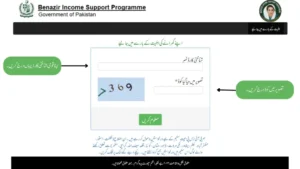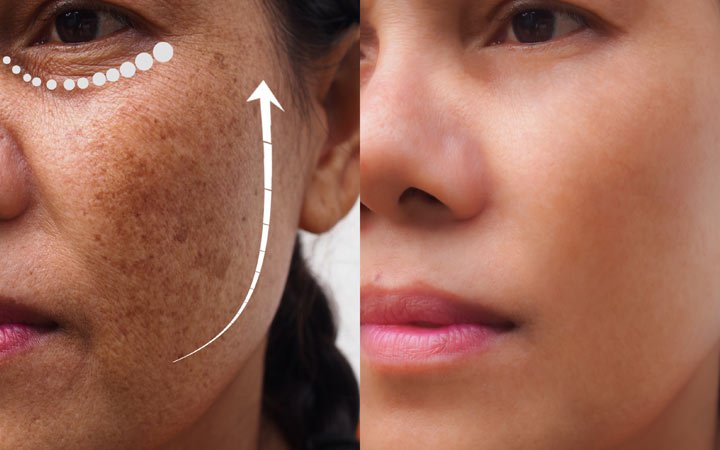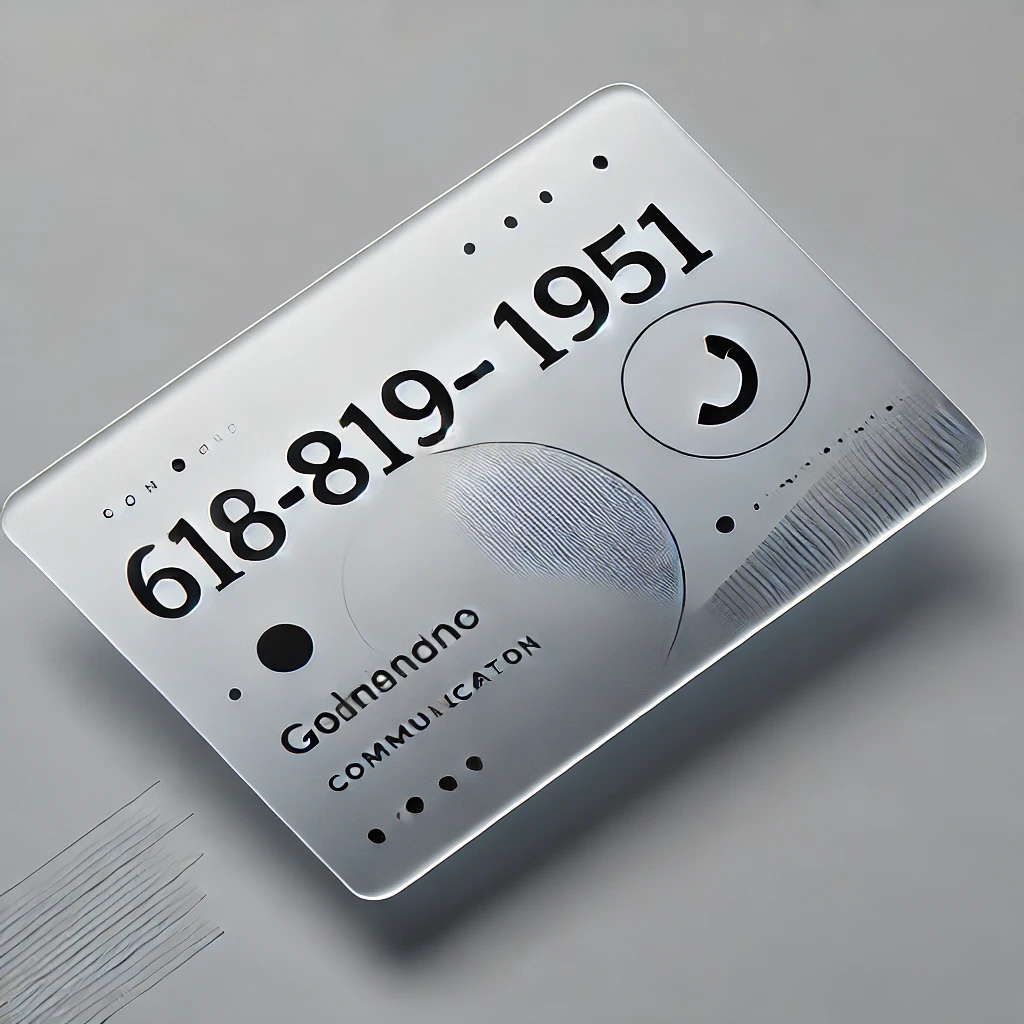The “8171” service in Pakistan is an innovative approach to social welfare, offering a digital gateway to the Ehsaas Program—a poverty alleviation initiative launched to support low-income families. Through the 8171 SMS service and online portal, millions of eligible individuals can access financial assistance, including programs like Ehsaas Kafaalat and the Benazir Income Support Program (BISP). This blog will break down the features, benefits, and the impact of the 8171 service, along with how it has transformed welfare distribution in Pakistan.
What is the 8171 Ehsaas Program?
The Ehsaas Program was launched in 2019 by the Pakistani government as a response to rising poverty rates, with the 8171 SMS and web portal established as core tools within the program. The purpose of 8171 is to allow applicants to easily check their eligibility status and access funds with minimal effort, utilizing technology to bridge the gap between citizens and essential financial aid.
Accessing the 8171 Service
To check eligibility, applicants can either send their CNIC (Computerized National Identity Card) number via SMS to 8171 or use the online portal available on the Ehsaas website. Both methods provide quick feedback, helping individuals understand their qualification status without needing to visit government offices.
How to Use the 8171 SMS Service
Step 1: Send your CNIC number to 8171 via SMS.
Step 2: Await a response confirming your eligibility status.
Step 3: If eligible, follow the instructions for further steps to claim your assistance.
Using the 8171 Web Portal

The 8171 web portal provides a simple interface where applicants can enter their CNIC, along with a CAPTCHA code for verification. Once submitted, the system checks eligibility status in real-time and informs the applicant if they qualify for Ehsaas assistance. The web portal is especially useful for those who have access to the internet and prefer a digital alternative to SMS.
Ehsaas Kafaalat and Other Programs Under 8171
The 8171 service supports various sub-programs under the Ehsaas umbrella. Some key initiatives include:
Ehsaas Kafaalat: Provides monthly stipends to eligible women in low-income households. These payments are intended to enhance the economic stability of vulnerable families.
Ehsaas Emergency Cash Program: Launched during the COVID-19 pandemic, this program was instrumental in providing financial aid to daily wage earners and families hit hard by lockdowns. It is regarded as one of the largest emergency cash distribution programs globally.
The Registration Process and Eligibility Criteria
To qualify, applicants are evaluated based on multiple socioeconomic indicators, such as family income, housing, and health conditions. For those who are initially deemed ineligible, they can visit nearby NADRA offices to update records, making the re-application process straightforward.
- Document Verification at NADRA: Individuals provide identification documents, including CNIC and other household details.
- Re-evaluation and Eligibility Confirmation: Post-verification, individuals can re-apply through 8171 for a new assessment.
Benefits and Impact of the 8171 Service
- Enhanced Accessibility: With both SMS and online options, the 8171 service allows for easy access regardless of geographical or technical limitations.
- Economic Relief for Vulnerable Populations: The Ehsaas Program provides targeted support, ensuring that funds reach those who need it most. The 8171 service expedites this by enabling timely eligibility checks and fund distribution.
- Global Recognition: The World Bank has recognized the Ehsaas Program as a global model for poverty alleviation, highlighting its innovative use of technology in welfare delivery.
Challenges and Criticisms
Despite its success, the 8171 service and the broader Ehsaas Program face challenges. Some applicants report issues with eligibility determinations, often due to outdated or incorrect data in government databases. Additionally, technical issues on the 8171 web portal have occasionally limited accessibility for rural populations who may have less access to digital services.
Conclusion: 8171 as a Model for Digital Welfare
The 8171 service represents a pioneering step towards digital welfare in Pakistan, reflecting the potential of technology to transform social safety nets. By simplifying the registration and verification process, 8171 has helped millions of Pakistanis access essential financial aid, offering a lifeline to those in need. As the program continues to evolve, it sets a precedent for other countries seeking to implement tech-driven social welfare solutions.





Comments 1